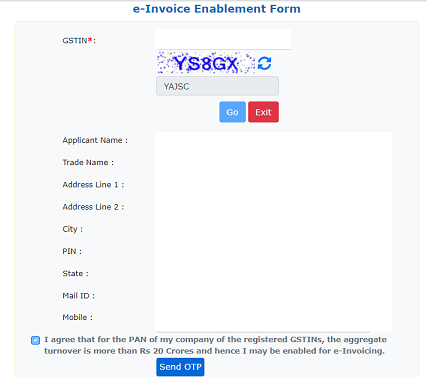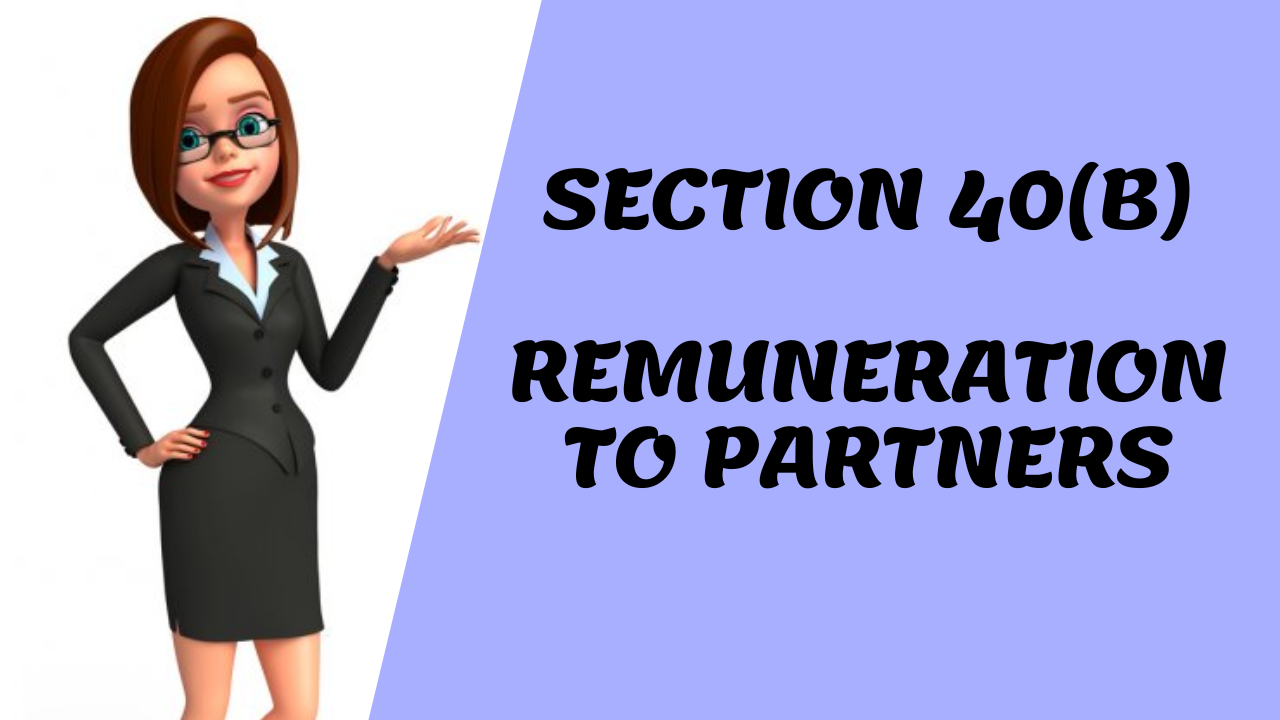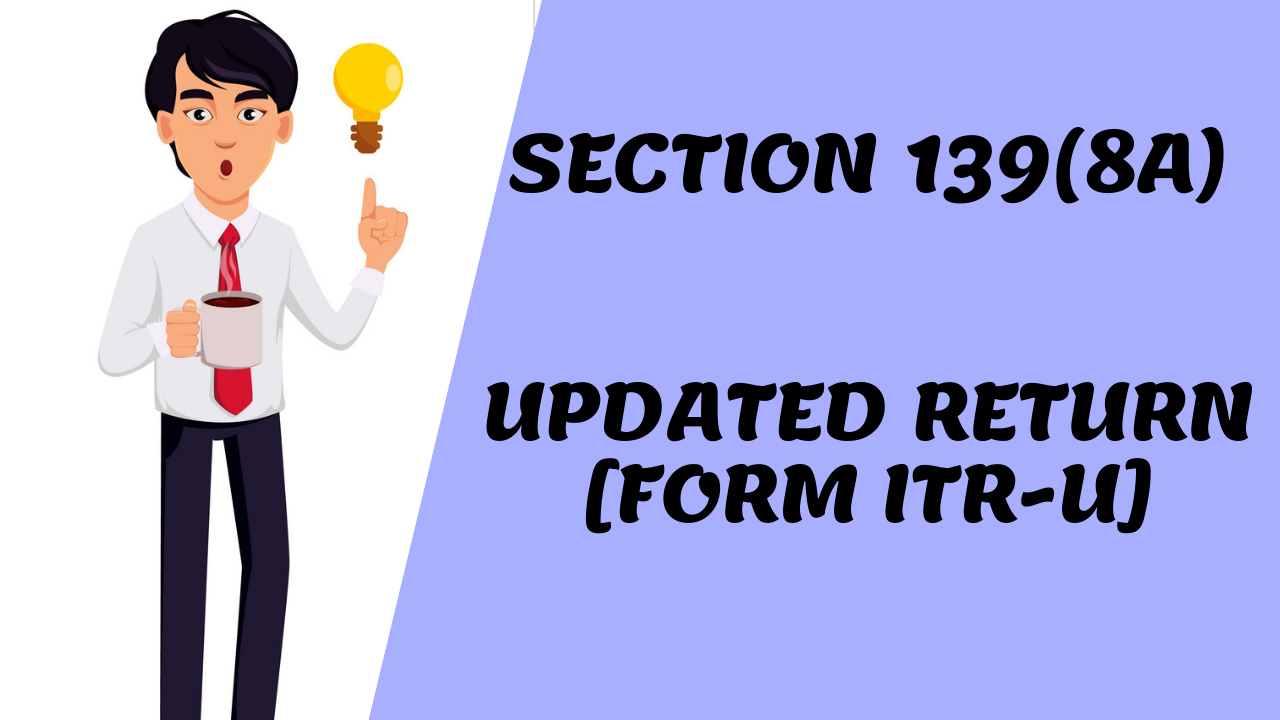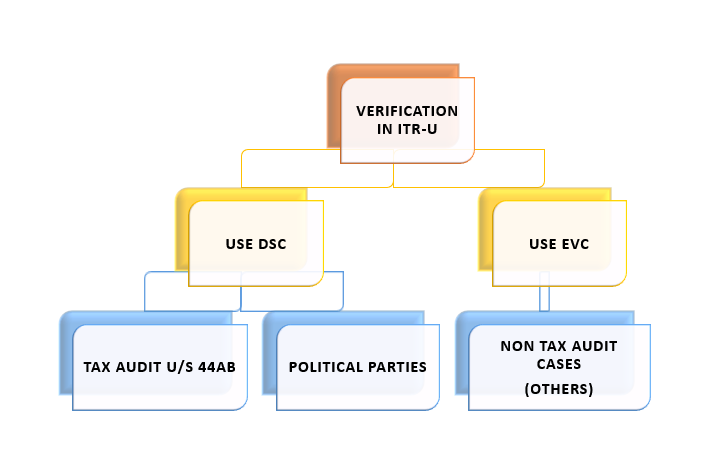Section 194R of the Income Tax Act has been inserted in the Finance Act 2022 which is applicable from 1st July 2022. Government has introduced section 194R keep a check on tax leakage. This section requires for deducting tax at source (TDS) in respect of business or profession on Benefits or Perquisites. Benefit/Perquisite can be either in kind or in combination of cash and kind.
Section 28(iv) of the Income Tax Act, 1961 provides that the value of any benefit or perquisite, whether convertible into money or not, arising from business or exercise of profession is to be charged as Business Income in the hands of the recipient of such benefit or perquisite.
APPLICABILITY
Section 194R of the Income Tax Act is applicable to
- All assessee (other than Individuals and HUF)
- Individuals and HUF whose Turnover exceeds Rs.1 Crore or Professional Receipts exceeds Rs.50 Lakhs.
- Any person providing benefit or perquisite to a Resident.
NON-APPLICABILITY
- Provision of Section 194R is not applicable if the benefit or perquisite is provided to any Government entity.
- Section194R is not applicable on the benefits given on occasions like festivals, marriage, etc. It is applicable only on benefits and perquisites arising out of business or profession of any resident.
- As gift/ perks/ benefits, i.e., any benefit/perquisite provided to Resident employee will be added in salary and TDS will be deducted U/s 192 So provisions of Sec 194R is Not applicable in given case.
TAX RATE & THRESHOLD LIMIT
Any benefit or perquisite arising from business or profession whose aggregate value exceeds Rs.20,000 in the financial year will fall under Section194R and shall have to pay TDS @ 10%. TDS should be deducted before providing such benefit or perquisite.
To calculate the threshold limit, benefits or perquisites for the whole year shall be taken into consideration. In other words, we can say that benefits or perquisites shall be calculated from 1st April, 2022.
However, the benefit or perquisite which has been provided before 30st June, 2022 would not be subject to tax deduction under section 194R. Only the value of benefits or perquisites which are provided after 1st July, 2022 shall be liable for deducting tax at source at the rate of 10%.
CASE STUDIES
M/s PQR Limited/ PQR (Partnership Firm/AOP/BOI/Trust/Co-operative society), or Mr. PQR (Individual/HUF) having Turnover above Rs.1,00,00,000 or Professional Receipts above Rs. 50,00,000 in FY 2021-22 AY 2022-23 provides Gold Coins/ Holiday Package/ Coupons/Laptops/etc. to its dealers who is:
Case 1: Resident Person, provided with a holiday package amounting to Rs.40,000 +GST on 15/05/2022.
| APPLICABILITY | REASON |
| Not Applicable | Since the benefit/gift/perquisite is provided before 1st July,2022, this section will not be applicable. |
Case 2: Resident Person, provided with a holiday package amounting to Rs.40,000 +GST on 15/07/2022.
| APPLICABILITY | REASON |
| Applicable | Since the benefit/gift/perquisite is provided after 1st July,2022, this section will be applicable and TDS will be payable @10%. |
Case 3: Resident Person, provided with a holiday package amounting to Rs.10,000 +GST on 15/05/2022 and Gold Chain worth Rs.16000 on 31/07/2022.
| APPLICABILITY | REASON |
| Applicable | Since the Gold chain is provided after 1st July,2022 and the aggregate value exceeds the threshold limit of Rs.20,000, i.e., 10,000 before 01/07/2022 and 16,000 after 01/07/2022, this section will be applicable but TDS will be payable only on the value of Gold chain which is Rs.16,000 @10%. |
Case 4: Resident Person, provided with a holiday package amounting to Rs.10,000 +GST on 15/05/2022 and Gold Chain worth Rs.25000 on 31/07/2022 on the occasion of marriage
| APPLICABILITY | REASON |
| Not Applicable | As the Gold chain provided after 1st July,2022 is on the occasion of marriage and not from business/profession, it would not be included in the aggregate value. And therefore, aggregate value does not exceed the threshold limit of Rs.20,000, so Section 194R will not be applicable. |
Case 5: M/s ABC Limited (Resident Dealer) was provided with Gold Coin Worth Rs.15000 on 31/07/2022 on achieving target for FY 2021-22 and being impressed with Mr. B (employee of M/s ABC) performance it provided Silver Coins amounting to Rs.10,000 + GST to Mr. B on 31/07/2022 as gift.
| APPLICABILITY | REASON |
| Not Applicable | As the Gold coin provided after 1st July,2022 does not exceed the aggregate value of Rs.20,000, section 194R will not be applicable on M/s ABC Ltd. Silver coins worth Rs.10,000 is not in relation with business and is provided under his personal capacity. Hence it shall not be included in the calculation of aggregate value. Therefore, Section 194R is not applicable to either Mr. B or M/s ABA Ltd. |
VALUATION
It has been clarified that the valuation of benefit/perquisite shall be made at the fair market value of that benefit or perquisite.
However, if the deductor has purchased that benefit from an outside party, the value of benefit/perk will be equal to the purchase price to the deductor. And in case the deductor manufactures the same, value of benefit/perk would be equal to the market price of such item.
FAQs
Q1. Whether sales discount will attract TDS under this section?
Since sales discount are ordinary selling expenditure and are incurred as incentives to distributors for meeting sales targets, so it does not constitute as benefit or perquisite. Therefore, Section 194R will not be applicable.
Q2. Does Section194R applies to Capital Assets?
Capital Assets like car, land, etc. are taxable as benefit or perquisite and thus capital assets are covered under the ambit of section 194R.
Q3. Does Section 194R attracts taxability for free samples of medicines given to doctors?
Section 194R will be applicable to doctors or hospitals if they are receiving free samples of medicines.
Q4. Does the valuation of benefit or perquisite include GST?
The CBDT has clarified that GST will not be included for the purposes of valuation of benefit/perquisite for TDS under section 194R.
Q5. Under which head would it be taxable in the hands of the Receiver?
It would be taxable as business income under the head Business and Profession.
Q6. Many a times, a social media influencer is given a product of a manufacturing company
so that he can use that product and make audio/video to speak about that product in social media.
Is this product given to such influencer a benefit or perquisite?
In case of benefit or perquisite being a product like car, mobile, outfit, cosmetics etc and if the product is returned to the manufacturing company after using for the purpose of rendering service, then it will not be treated as a benefit/perquisite for the purposes of section 194R of the Act. However, if the product is retained then it will be in the nature of benefit/perquisite and tax is required to be deducted accordingly under section 194R of the Act.
Q7. Whether reimbursement of out of pocket expense incurred by service provider in the
course of rendering service is benefit/perquisite?
Any expenditure which is the liability of a person carrying out business or profession, if met by the other person is in effect benefit/perquisite provided by the second person to the first person in the course of business/profession.
Let us assume that a consultant is rendering service to a person “X” for which he is receiving consultancy fee. [n the course of rendering that service, he has to travel to different city from the place where is regularly carrying on business or profession. For this purpose, he pays for boarding and lodging expense incurred exclusively for the purposes of rendering the service to “X”. Ordinarily, the expenditure incurred by the consultant is part of his business expenditure which is deductible from the fee that he receives from company “X”. In such a case, the fee received by the consultant is his income and the expenditure incurred on travel is his expenditure deductible from such income in computing his total income. Now if this travel expenditure is met by the company “X”, it is benefit or perquisite provided by “X” to the consultant.
However, sometimes the invoice is obtained in the name of “X” and accordingly, if paid by the consultant, is reimbursed by “X”. In this case, since the expense paid by the consultant (for which reimbursement is made) is incurred wholly and exclusively for the purposes of rendering services to “X” and the invoice is in the name of “X”, then the reimbursement made by “X” being the service recipient will not be considered as benefit/perquisite for the purposes of section 194R of the Act.
If the invoice is not in the name of “X” and the payment is made by “X” directly or reimbursed, it is the benefit/perquisite provided by “X” to the consultant for which deduction is required to be made under section 194R of the Act.
Disclaimer: The content/information published on the website is only for general information of the user and shall not be construed as legal advice. While we have exercised reasonable efforts to ensure the veracity of information/content published, we shall be under no liability in any manner whatsoever for incorrect information, if any.

















